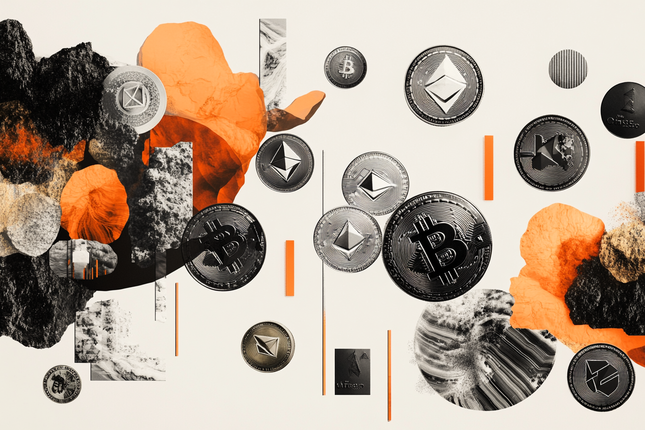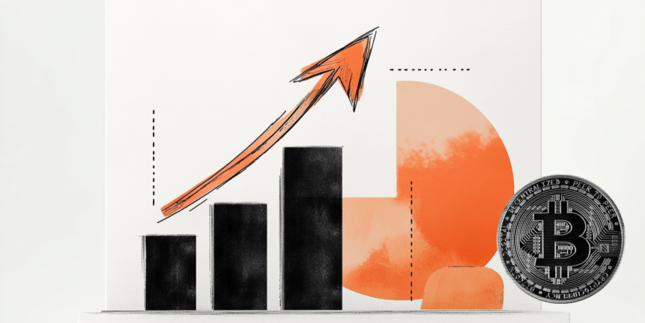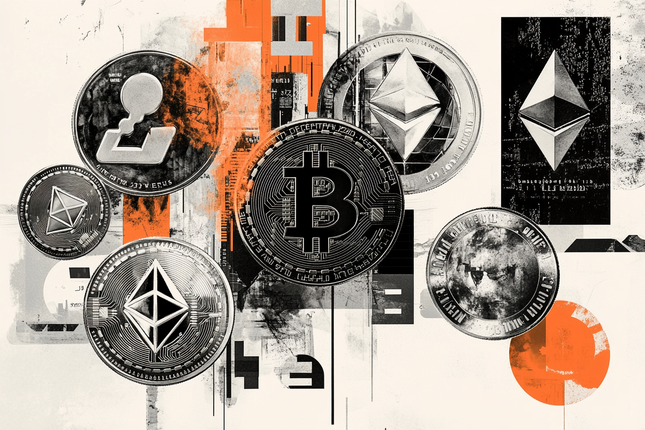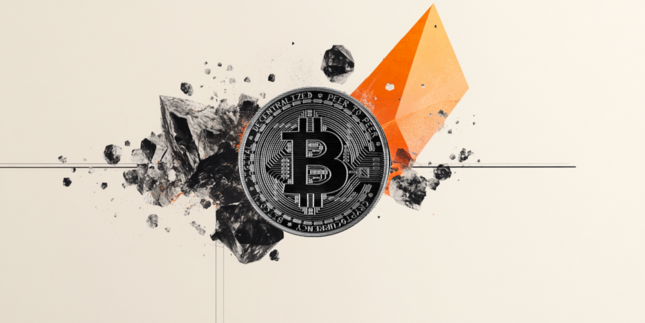Donald Trump has reignited global trade tensions with a sharp warning to China—threatening a 50% tariff hike unless Beijing backs down—fueling market swings and raising concerns that his aggressive approach could trigger deeper economic disruption far beyond tariffs alone.
On the fourth day of escalating tariff tensions, President Donald Trump made headlines with a bold new threat: an additional 50% tariff on Chinese goods if Beijing does not withdraw its retaliatory levies by April 9, 2025. The announcement, made via Truth Social, marked a significant escalation in the ongoing U.S.–China trade conflict. Trump said China’s 34% increase in tariffs—added on top of what he described as years of “long-term trading abuses”—would trigger further action from the U.S. unless reversed immediately.
Despite increasing market anxiety, Trump remained firm. “We’re not looking at a pause,” he said, dismissing the idea of halting tariff moves to enable trade talks. Instead, he claimed “many countries” are eager to negotiate, and that any deal must be “fair” or the U.S. would cut off trade completely. His tone signaled a return to the aggressive “America First” trade posture seen during his presidency.
Supporting Trump’s stance, National Economic Council director Kevin Hassett said the administration had been in touch with officials from over 50 countries interested in forging new trade deals. The message was clear: the U.S. is open to partnerships—but only on its terms.
China’s response came swiftly. Liu Pengyu, spokesperson for the Chinese embassy in Washington, criticized the move as “unilateralism, protectionism, and economic bullying.” He emphasized that threatening China is not a productive negotiation strategy, warning that Beijing would "firmly safeguard" its interests.
Markets responded with volatility. The S&P 500 index, representing America’s largest companies, saw significant swings throughout the day before closing down 0.2%. Apple, which relies heavily on Chinese manufacturing, dropped 3.7%, reflecting investor concerns about potential supply chain disruptions. The tech-heavy Nasdaq Composite, however, edged slightly upward by 0.1%, showing mixed sentiment across sectors.
Meanwhile, prominent investor Ray Dalio urged the public to look beyond the headlines. In a lengthy post, Dalio argued that the current focus on tariffs misses the broader, more dangerous trends at play. He sees the situation as part of a larger breakdown in the global order—economically, politically, and geopolitically.
Dalio pointed to unsustainable debt levels, both public and private, as a root cause of the growing instability. He warned that economies like the U.S. are heavily reliant on borrowing, while creditor nations like China are overexposed to American debt and overly dependent on U.S. consumers. This creates a fragile system that is starting to unravel as trust erodes and global deglobalization accelerates.
He also highlighted the collapse of domestic political consensus, driven by extreme inequality in income, opportunity, and education. These internal tensions are mirrored on the global stage, where the U.S. is no longer seen as a cooperative leader but rather as a unilateral actor imposing its will. This, Dalio noted, is why the current moment resembles past historical inflection points—periods marked by civil unrest, economic depression, and even war.
Dalio cautioned against viewing tariff announcements in isolation. Instead, he emphasized understanding the five major forces reshaping the world:
-
Monetary/economic instability from excessive debt and capital imbalances.
-
Domestic political fragmentation between populist movements and eroding democratic norms.
-
Geopolitical realignment, with the decline of U.S. dominance and rise of multipolar tensions.
-
Environmental disruptions, such as climate change and pandemics.
-
Technological revolutions, like AI, that are transforming economies and societies.
He warned that Trump's trade actions, while headline-grabbing, are symptoms of a much larger systemic change. Ignoring these deeper dynamics could leave policymakers and investors unprepared for the massive shifts ahead.
In conclusion, Trump’s tariff threat may have shaken the markets for a day, but experts like Dalio suggest a much longer, more turbulent road lies ahead. The interplay between trade tensions and deeper structural challenges could reshape the global economy in profound and unpredictable ways.
All content is for informational purposes only and does not constitute financial advice. Always conduct your own research and consult a professional before investing.
Recommended Content
Editors’ Picks

Altcoin Season Beckoning: What's behind Sui, Stacks and Fartcoin price rallies?
The cryptocurrency market sparkles with altcoins like Sui, Stacks and Fartcoin extending gains on Monday. Sui breaks above a critical descending trendline, but the 100-day EMA crossing below the 200-day EMA signals potential bearish hurdles.

Bitcoin soars above $87,000 amid $500 million Bitcoin Reserve Bill debate on Wednesday
Bitcoin price breaks and trades above its key resistance level of $85,000 at the time of writing on Monday after facing multiple rejections the previous week. Institutional demand shows mild recovery, as it recorded nearly $16 million inflow into Bitcoin spot Exchange Traded Funds last week.

Why is PancakeSwap rallying today?
PancakeSwap breaks out, reclaiming $2.00 in support as investors return. The implementation of the tokenomics 3.0 software upgrade will allow access to staked CAKE and cake. PancakeSwap is shifting its focus from a 5% trading fees revenue sharing model to the CAKE token burn mechanism.

Altcoins to watch this week: ONDO and SUI bulls aim for double-digit gains
Ondo (ONDO) and SUI (SUI) prices gain nearly 5% at the time of writing on Monday, after a slight decline in the previous week. Both altcoins are approaching their key resistance levels; a breakout would indicate a bullish rally ahead.

Bitcoin Weekly Forecast: BTC holds steady, Fed warns of tariffs’ impact, as Gold hits new highs
Bitcoin price consolidates above $84,000 on Friday, a short-term support that has gained significance this week. The world's largest cryptocurrency by market capitalization continued to weather storms caused by US President Donald Trump's incessant trade war with China after pausing reciprocal tariffs for 90 days on April 9 for other countries.

The Best brokers to trade EUR/USD
SPONSORED Discover the top brokers for trading EUR/USD in 2025. Our list features brokers with competitive spreads, fast execution, and powerful platforms. Whether you're a beginner or an expert, find the right partner to navigate the dynamic Forex market.